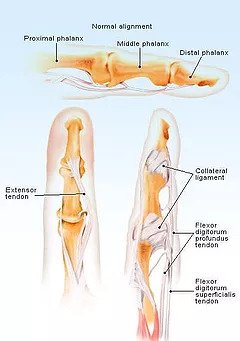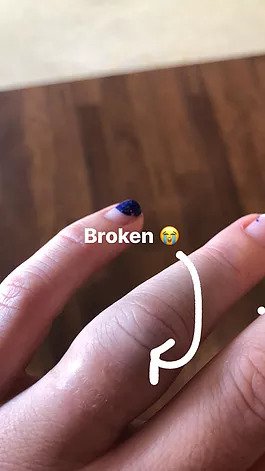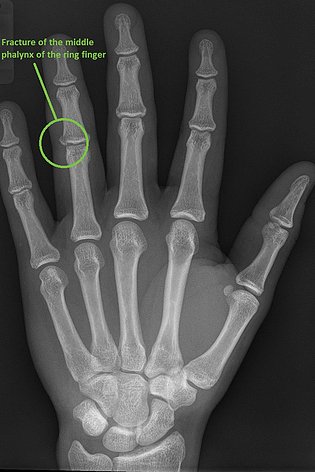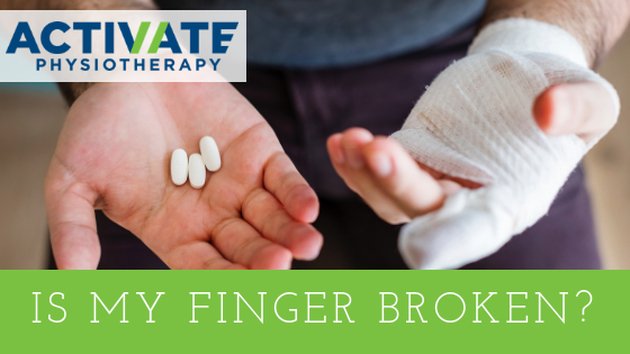If you play sports, particularly netball, basketball, football or another ball sport chances are you’ve asked this question.
Jarred fingers are one of the most common sporting injuries we see and they can be super painful, swollen and make school, work and life in general quite difficult. Because of our high reliance on our hands and the large amount of nerve endings in our fingers our brain regards any injury to the finger as serious, but how do you know if you should just push through the pain or get help?
Let’s start with getting a handle of the anatomy of the finger and the structures that might be injured
Anatomy

Your fingers are made up of 3 bones or phalanges. Between each of these bones are the joints known as interphalangeal joints (IP Joints for short) as well as the knuckle joint where each joins to your hand (the metacarpal-phalangeal joint or MCP).
FUN FACT: Your thumb is a little different and only has two phalanges and one interphalangeal joint.
FUN FACT #2: There are no muscles in your fingers. Your finger movement is caused by the muscles of your forearm and hand pulling on long tendons that attach along the fingers.
The joints of your fingers are held together by a series of ligaments called the collateral ligaments. A jarred finger is usually a sprain or injury to the collateral ligaments.
So how do we know if it’s broken?
Many of the symptoms of jarred or sprained finger overlap with those of a broken finger. These might include:
- Pain on movement
- Pain when the finger is pressed or bumped
- Swelling which can be localised or spread further up or down the finger into your hand
- Bruising – your finger may look red, blue, purple even green or yellow which can also be local or spread
- Stiffness
While health professionals usually agree pain can be a way of determining whether something is broken or sprained, unfortunately in practice we don’t tend to rely on pain alone. Pain is quite a subjective measure and as mentioned your brain takes pain from your hands and fingers more seriously due to the important role they play in every day life.
If you’ve suffered this type of injury you should see a physio or a doctor as soon as possible.
It’s not life threatening so a trip to hospital emergency isn’t required in most cases. Your Physio will order an Xray to check whether there is a break. If there is no break but all the other symptoms are there it’s likely you have sprained one of the ligaments and your finger is just jarred.


What’s the Treatment?
Treatment may be as easy as continuing RICE (Rest, Ice, Compression and Elevation) for a mild sprain or jarred finger.
For more significant sprains or breaks to the phalanges you will be placed in a splint. Depending on where the injury is will determine whether your hand needs to be immobilised along with your finger. We do our best to have as little impact on your usual daily life as possible but sometimes this can’t be avoided – after all your hands and fingers are pretty important so we want to heal them the best way possible.
At Activate Physio we can make thermoplastic splints to easily manage jarred and broken fingers. Check out our video showing what goes on at a fracture clinic appointment and how we make our finger splints.
Xray Image Case courtesy of Dr Henry Knipe, Radiopaedia.org. From the case rID: 56761.


Really Useful information here
so you telling me i shrugged off a broken finger
ha me too
How did it heal? Good or bad